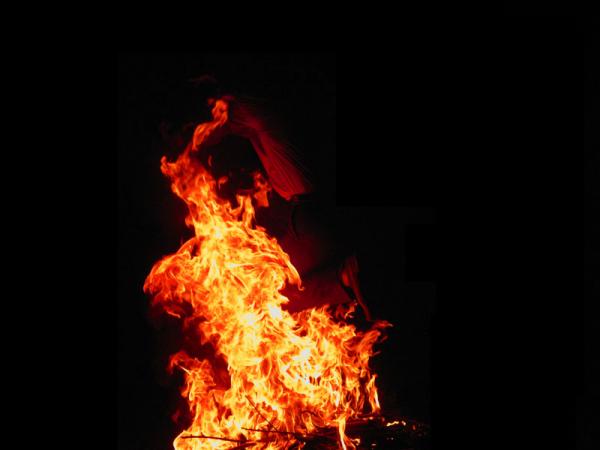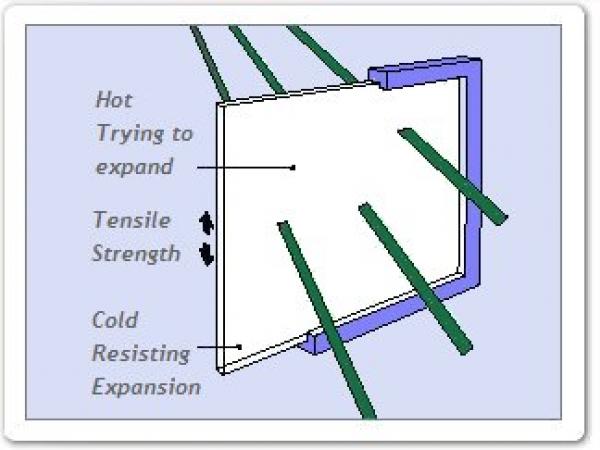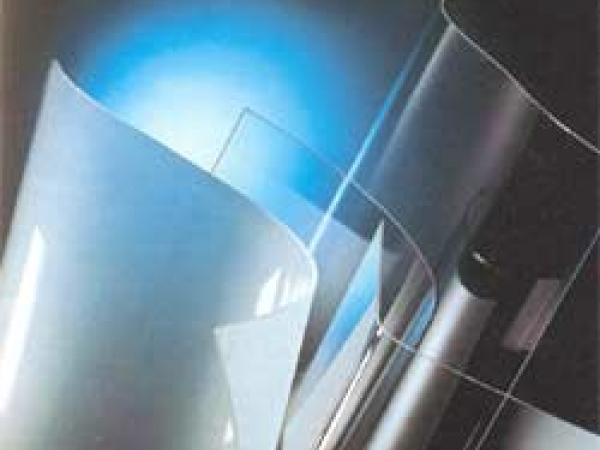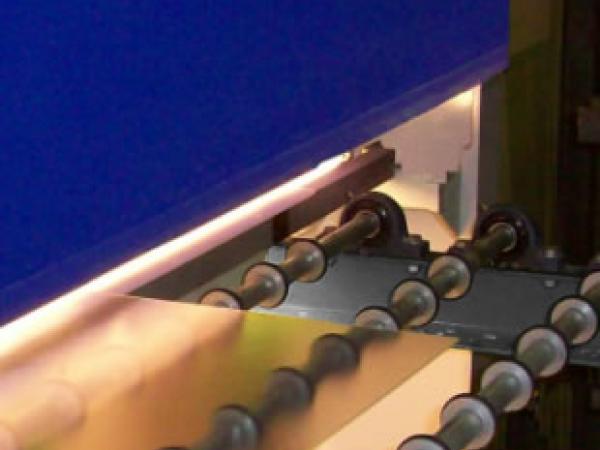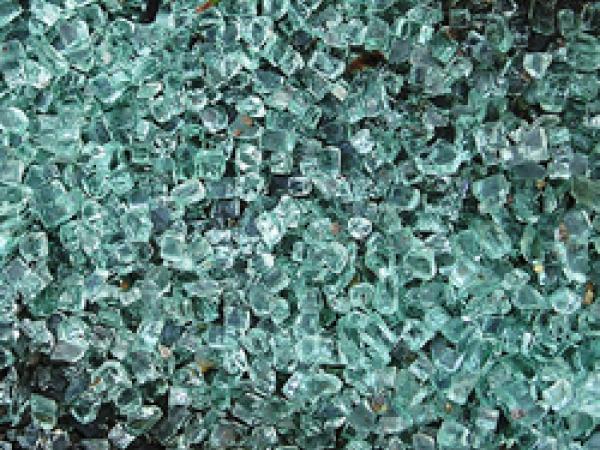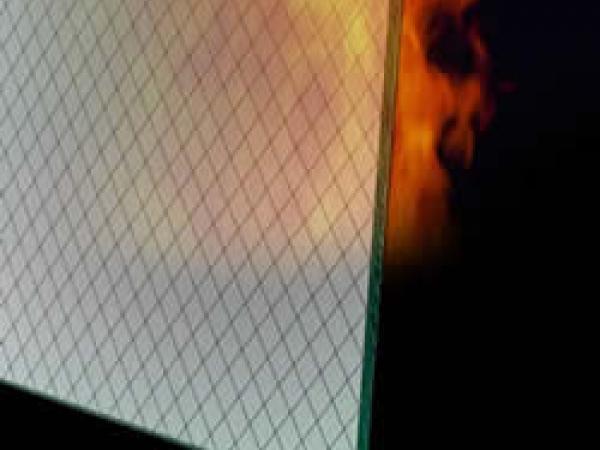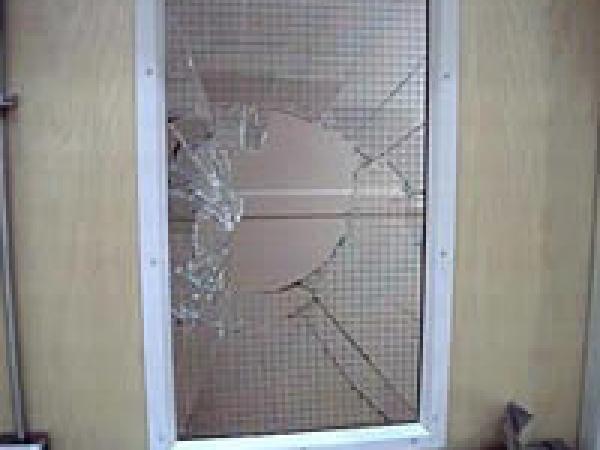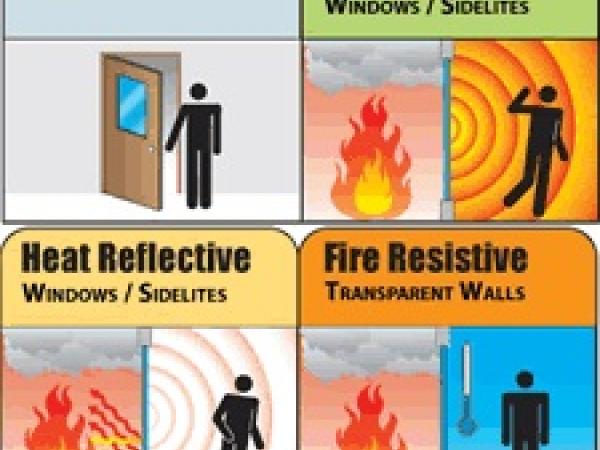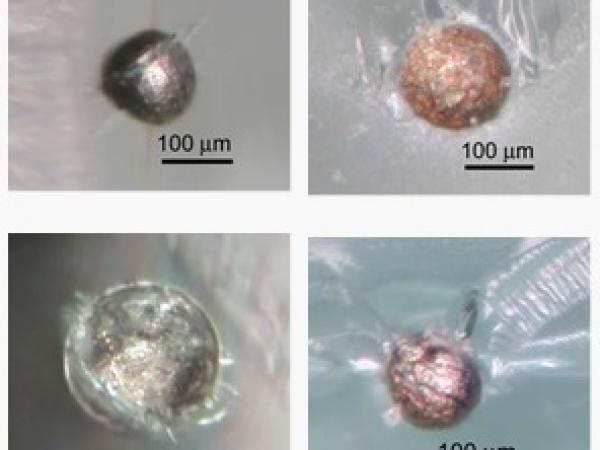Others also read
| Firstly, it would be great if everyone in the glass industry refrained from calling this product “bullet proof” I seriously doubt if anything is ultimately bullet proof, bullet resistant is indeed the correct terminology and within the industry this is abbreviated to BRG.
| Chromatics is a modern, lightweight, shatterproof safety glass with a number of unique features that are changing conventional thinking throughout the worldwide cladding and glazing markets.
| Last week Safety Glass Experts signed a service contract with Romanian safety glass producer Gerom S.A. Buzau.
| Benefits of the tempered glazing are well known and the tempered glazing is being utilized more and more in many different applications. Manufacturing technology in this area of safety glazing is developing fast.
| Advantages of the use of Radio Wave energy in the forming of glass and of tempering thin glass of less than 3.00mm. Some of the inherent problems in the conventional thermal tempering of thin glass are also presented.
| Wrightstyle Limited is one of the UK’s most innovative steel glazing specialists with an international client base. Lee Coates, the company’s technical manager, explains the mechanics of fire and fire safety.
| The variables that relate to this occurrence are as follows:- Size and weight of person- Part of the body that impacts
| This information introduces the concept of thermal stress which may be induced in glass as a result of exposure to solar radiation.
| During the past 15 years tempering of bent glass has mainly changed to horizontal methods.
| The current manufacturing of tempered glass is a complex as well as time- and cost-intensive process. Not only long processing times, but also high energy costs have a significant impact.
| We are all wondering what the future will bring. How much will computers improve? Will the global economy boom or bust? Will the mankind explore the space?
| When new installations of flat tempering machines suited for architectural glass are discussed today, the option of convection technology is certain to be raised.
| Typical problems occurring during the heating process Heating is the most typical stage of glass tempering; a lot depend on this stage to bring out the product of high standard. Quality of tempered glass is very much influenced by
| We'll begin with some basic definitions. Just what is fire-rated glass? As the name implies, it is glass that has proven to offer a certain degree of protection in the face of fire. That may sound like a strange task for glass to perform.
| The oscillating horizontal tempering furnace developed in the 1970s has been one of the most significant innovations of recent decades, above all commercially.
| A comprehensive fire protection program addresses at least three things: detection, suppression and compartmentation. Detection devices such as smoke and fire alarms provide early warnings and are essential for alerting people to danger.
| Part of what made the fire so deadly was the inadequate fire protection in place at the time. According to Associated Press sources, the fire alarms in the building were extremely unpredictable.
| Wired glass is more dangerous than regular glass when it breaks because the exposed wires are razor sharp.
| In order to determine the safe use of fire-rated glazing in critical life safety locations, you need to know how much radiated energy passes through any given fire-rated glass product.
| Insulating glass panes of 5.0 x 2.3 m made of twice-laminated glass 16 mm thick and weighing about 925 kg had to be installed at a height of up to 45 meters as well as 18 mm thick enamelled special glass plates for the tower facing - and this in the 9° upward-sloping tower.
| In recent years there have been a number of sensational reports in the media about “glass cancer” and “spontaneous glass fracture”, with stories relating to “glass raining down from highrise buildings”.
| The use of transparent glass in conducting electricity using LEDs, short for light emitting diodes, is increasing. LED's are approaching the lifespan of standard building materials, making it cost effective to embed them directly in structural components and architectural finishes.





